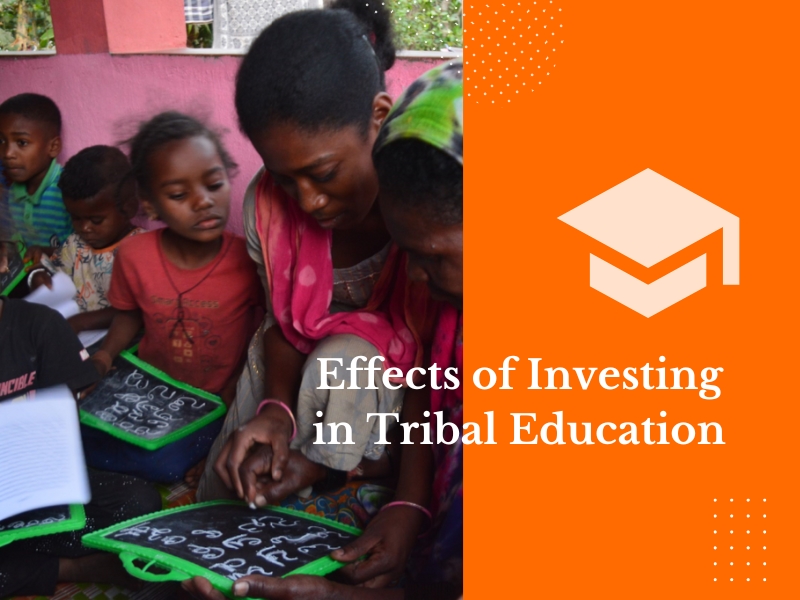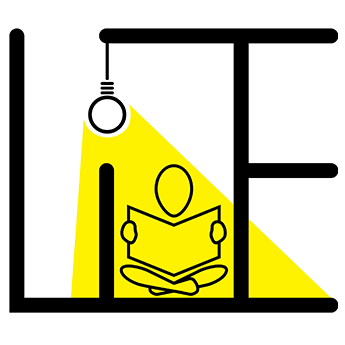Education is a powerful catalyst for change, and when it reaches the tribal communities of India, its impact goes far beyond the individual. By investing in tribal education and promoting literacy, we have the opportunity to ignite a ripple effect that transforms not only the lives of individuals but also uplifts entire communities. In this article, we explore the various ways in which investing in tribal education brings about positive and lasting change.
Breaking the Cycle of Poverty
Poverty is a main issue faced by most of the tribal groups in India. Access to quality education empowers tribal individuals to break free from the cycle of poverty. With basic literacy skills, they gain better employment opportunities and economic independence. This not only improves their own lives but also contributes to the economic development of their communities. Basic literacy helps to read documents and informative content. This enables them to access government schemes. In short, basic literacy reduce unawareness and build knowledge.
Preserving Cultural Heritage
Investing in tribal education means preserving the rich cultural heritage that these communities possess. By incorporating local traditions, languages, and folklore into the curriculum, we ensure that future generations continue to celebrate and embrace their unique identities. This strengthens community pride and fosters intergenerational bonds.
Empowering Women and Girls
Tribal education plays a crucial role in empowering women and girls, who have historically faced barriers to education. By providing access to schooling, we enable them to acquire knowledge, skills, and confidence. Educated women become agents of change, promoting gender equality, family well-being, and community development.
Enhancing Health and Well-being
Literacy and education also have a direct impact on the health and well-being of tribal communities. With increased awareness and knowledge, individuals are better equipped to make informed decisions regarding healthcare, sanitation, nutrition, and disease prevention. This leads to improved overall health outcomes and a stronger community.
Community Development and Leadership
Education nurtures leaders within these communities. Education empowers individuals to actively participate in community development initiatives, advocate for their rights, and drive positive change. This paves the way for self-sustainability and a sense of ownership and agency over their own future.
Conclusion
Investing in tribal education has a profound and transformative effect on communities. It breaks the chains of poverty, preserves cultural heritage, empowers women and girls, enhances health and well-being, and fosters community development. By recognizing the immense value of literacy and education, we can unlock the potential of tribal communities and create a brighter, more inclusive future for all.
Remember, the journey towards transforming communities through education starts with a single step. Together, let us continue to invest in tribal education and witness the ripple effect of literacy unfold, leaving an indelible mark on the lives of countless individuals and the communities they belong to.

